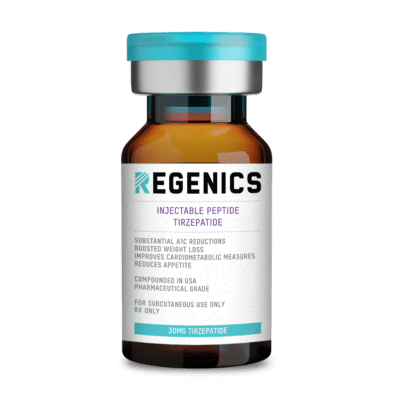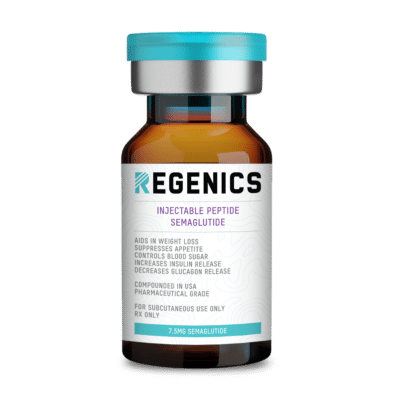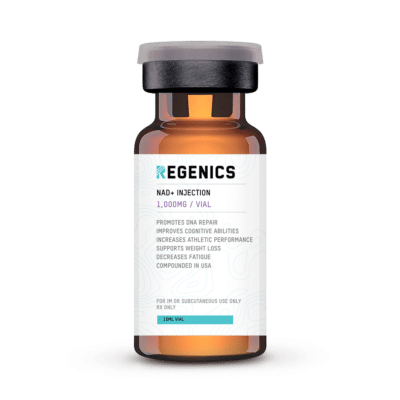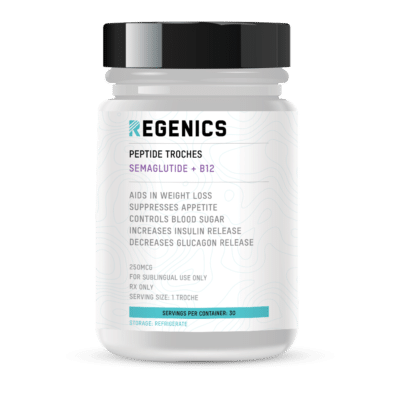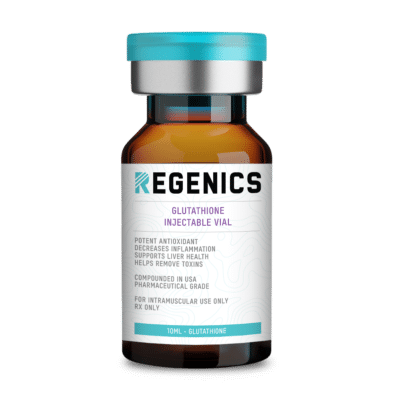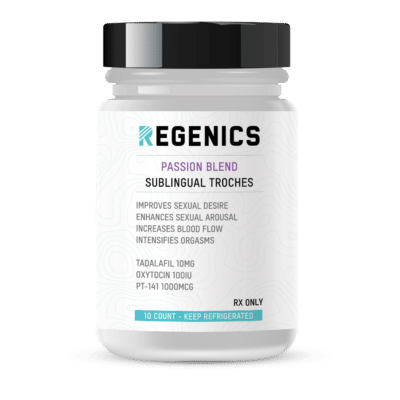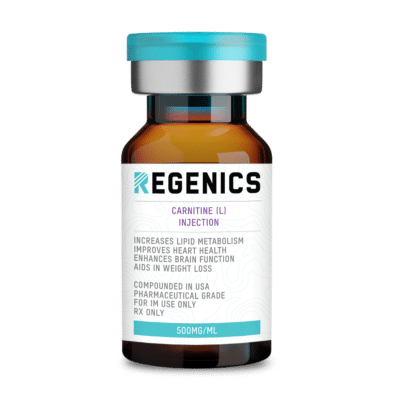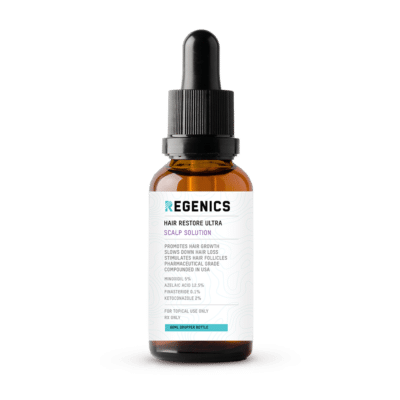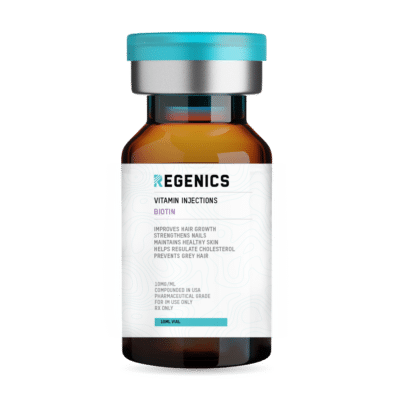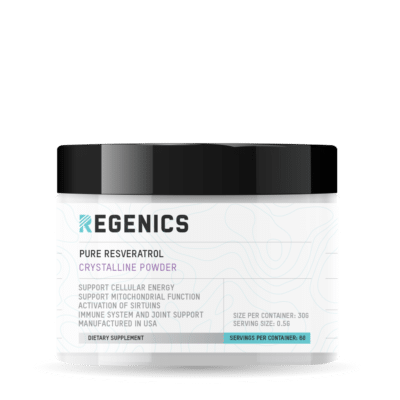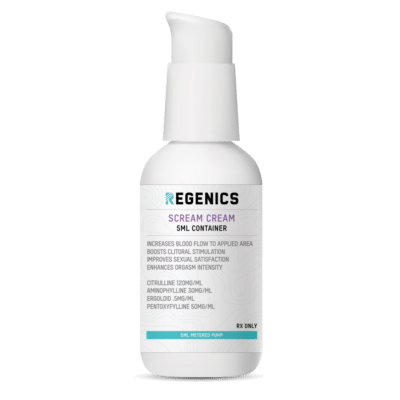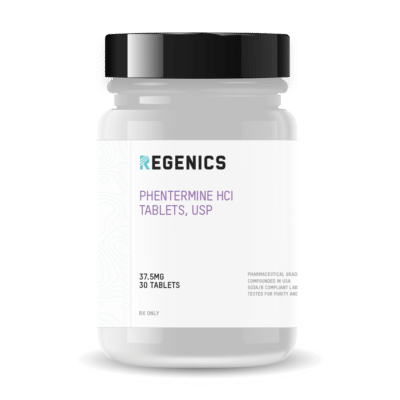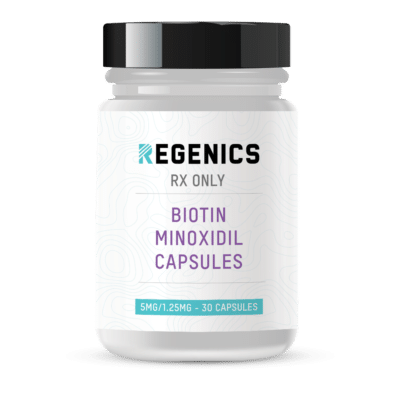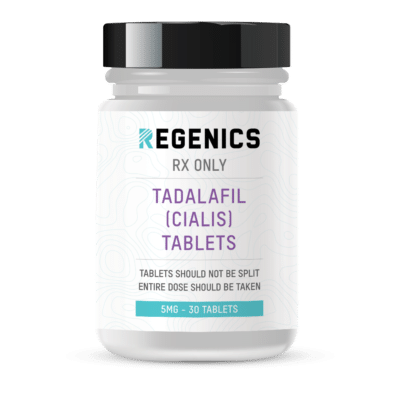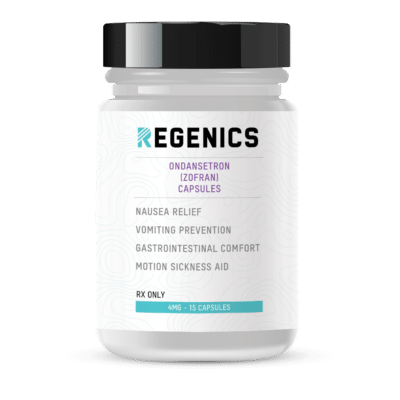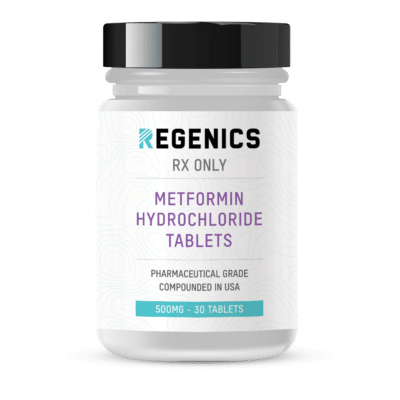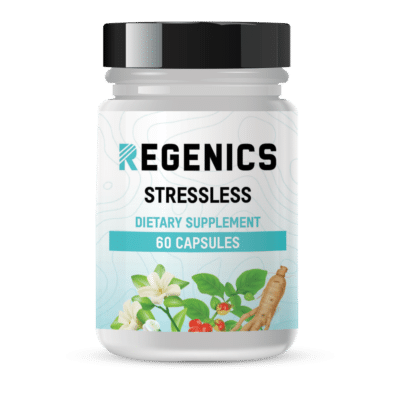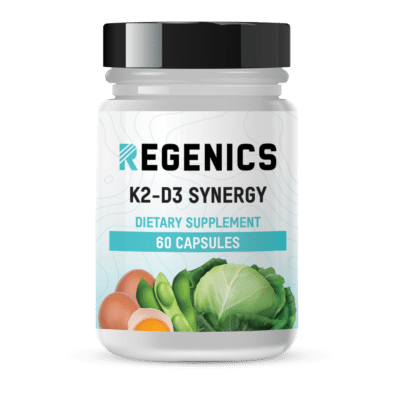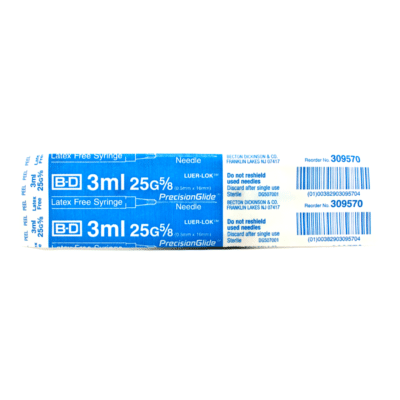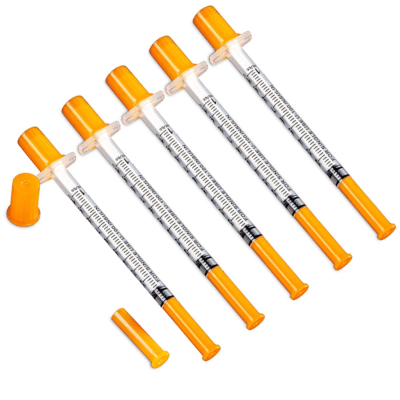There are a number of factors to consider when it comes to how testosterone replacement therapy is administered. These factors include the dosage, the forms, the method of administering it and the role that your healthcare provider plays in the process.
Overview of TRT Administration Methods
Testosterone replacement therapy (TRT) can be prescribed for men with hypogonadism or loss of erectile function. TRT has multiple benefits and can improve muscle function and reduce anaemia. It can also boost libido and improve well-being. However, it is important to know what risks are associated with TRT and how to manage them.
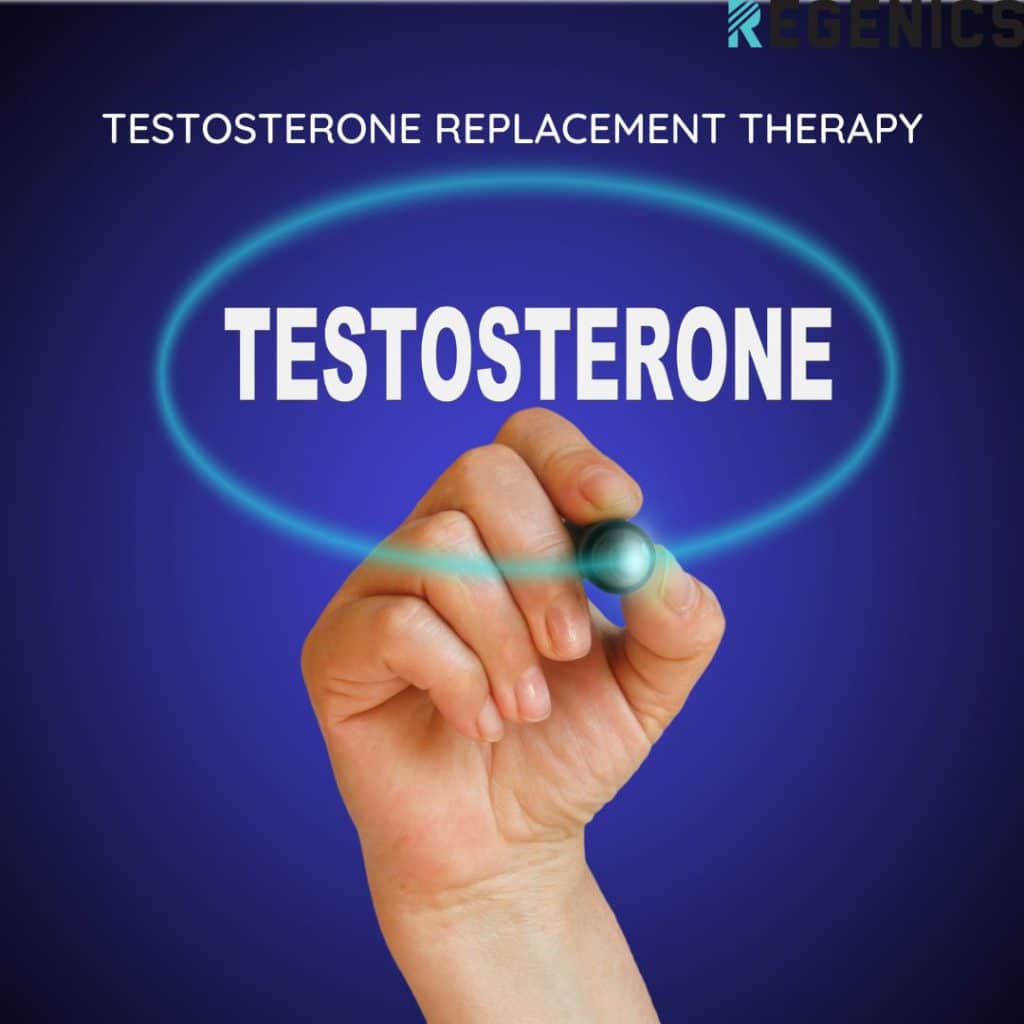
TRT is most often administered through gels and creams. They are easy to apply and can be self-administered. Generally, the gels and patches are applied to the skin at least four times a day.
It is advisable to consult with a health care provider who understands hormone therapy. A good provider will conduct frequent blood tests to determine testosterone levels. Getting an accurate measurement can help you and your physician decide on the right dosage.
The ideal preparation for TRT should be one that delivers T to the patient’s body at the physiological rate. This means that the level should not be too low or too high. If it is too low, it could cause negative side effects.
Depending on the patient, it can take from three to six weeks to notice positive results from TRT. The improvement of erectile function may also take a few months.
The Pros and Cons of Different TRT Forms
Testosterone replacement therapy (TRT) is a medical treatment that has the potential to improve the life of a man. The hormone helps men to increase their strength, muscle mass, bone density, libido, and well-being. However, it can also come with some potential side effects.
If you’re considering testosterone replacement therapy, it’s important to talk with your doctor to learn more about the benefits and risks of this treatment. You’ll need to get a prescription before you start and it may take up to four months to notice any changes in your condition.
While TRT has been shown to increase male sexual function and overall health, it also has some potential side effects. In fact, a recent study linked it to a 30% increased risk of heart attacks, strokes, and other cardiovascular events.
TRT can be administered through various forms, including gels, injections, and patches. Depending on the patient and his medical provider, the dosage may vary.
One of the most common types of TRT is injectable testosterone, and it’s very inexpensive. For this type of TRT, you’ll typically receive one injection a week for a few months. Alternatively, you could try testosterone pellets, which are small plastic pellets implanted under the skin. The pellets last three to six months and need to be removed by a healthcare provider.
How to Administer Testosterone Therapy Safely
Injectable testosterone is an effective and safe method of administering testosterone replacement therapy. However, the use of this medicine can be dangerous if not handled properly. There are a few precautions that need to be followed to avoid adverse effects.
First, make sure the needle is sterile. Then, wash your hands with soap for at least 20 seconds. Before you start the injection, you must also prepare the injection site. This includes cleaning the area with an alcohol swab.
The next step is to draw out the testosterone vial. This is done with a 20 gauge drawing needle. The plunger of the needle is then pushed up, and then pushed back to remove air bubbles. Then, you should carefully pull the plunger out of the syringe. Then, you can discard the needle.
If the injection was done in a vein, you should also pull the plunger out. You need to make sure the injectable testosterone is absorbed into the body. Afterward, you should re-insert the plunger and push it up to remove any more air bubbles.
If you are going to inject testosterone into your mouth, you need to be very careful. This is because the drug may go into your bloodstream, and could cause a number of undesirable side effects.
Testosterone Therapy Dosage: What You Need to Know
Testosterone replacement therapy is a type of treatment that is used to restore testosterone levels. This hormone is important for many functions in the body. It helps to build muscle mass, increase strength, and promote an increase in sexual desire.
The hormone is primarily produced in the testicles. When the levels of testosterone become too low, there are a number of different symptoms. These symptoms can include reduced motivation, fatigue, low libido, and decreased strength. Some people even experience increased body fat and swollen breasts. If you are experiencing any of these symptoms, it is advisable to speak to your healthcare provider about testosterone replacement therapy.
A blood test is the primary way to determine if you are experiencing a low testosterone level. A doctor may order additional tests to determine the cause of your symptoms.
After the diagnosis is confirmed, you will be given a testosterone replacement therapy plan. The treatment can be administered via injection or patch. The dosage and frequency will vary depending on the individual’s needs.
If you are receiving TRT, you should be monitored closely to ensure that it is working properly. You should also be tested frequently to monitor your levels.
Expert Tips for Successful Testosterone Replacemen
There are a number of expert tips for successful testosterone replacement therapy. One of the most obvious is to get an injection. The process of doing so is fast and easy, and the needle doesn’t hurt. The trick is to use the right dosage. Too little can cause high blood pressure, while too much can increase your hematocrit count.
Another is to use a gel that can be applied to the skin. The most common form of testosterone replacement therapy is a clear gel called AndroGel. It’s applied daily to the upper arms and shoulders. The benefits include increased energy, better muscle growth, sex drive, and improved overall health.
There’s a lot of debate as to whether or not testosterone replacement therapy is effective. Studies haven’t proven that it has any effect on erectile function, though. However, some research has shown that it can help with fatigue, brain fog, and overall health. It’s also been known to reduce blood sugar levels, LDL cholesterol, and glycated hemoglobin.
The best way to decide if it’s for you is to speak with a urologist about your individual situation. Your doctor might suggest a natural testosterone booster such as increasing muscle mass through resistance exercises.
Maximizing the Benefits of Testosterone Threapy
Testosterone replacement therapy is an excellent way to help men and women boost their performance and well-being. It can have a number of health benefits, from boosting sex drive to enhancing weight loss. It may also be used to reduce cardiovascular risk factors.
One of the most important functions of testosterone is its ability to increase muscle mass. It’s also known as a “potent mass agent”. The hormone produces quick muscle growth and increases lean body mass, which can help a person achieve or maintain a healthy weight.
It also plays an important role in regulating fat distribution and bone health. Besides, testosterone helps regulate mood and cognitive functioning.
Another major function of testosterone is to fuel sperm production and erectile function. It also helps a person feel more energized and improves his or her mood.
However, a low testosterone level can be a serious health issue. It can cause a variety of symptoms, including swollen breasts, a weakened immune system, and even a slowed metabolism. Fortunately, testosterone therapy can alleviate the effects of hypogonadism and provide some relief.
A testosterone injection can be a good way to boost your T levels, but it should only be administered by a trained physician. A testosterone patch or pellet can be less invasive, though it does require regular insertions.
Role of Healthcare Providers in Testosterone
It’s important to talk to your healthcare provider before starting testosterone replacement therapy. Your physician will discuss your medical history, immunization records, and any other health screenings you’ve had. They’ll be able to prescribe a testosterone dose that’s appropriate for your needs. They’ll also make sure you’re monitored closely during your treatment.
TRT can have positive effects, but there are also some negative effects to be aware of. For example, the blood may become thick and clots can form. This can increase the risk of heart attack, stroke, and other conditions.
If you’re pregnant, you’ll need to discontinue testosterone treatment. You’ll also need to wait until the treatment is over before getting pregnant.
If you’re a transgender person, your provider can also help you achieve hormone balance. They can explain what you can expect during your treatment and advise you on maximizing your results.
There are different types of testosterone replacement therapies, including intramuscular and subcutaneous injections. Depending on the product, the frequency of injections may vary. Usually, you’ll receive one or two injections every six to twelve months.
There are also hormone patches. These can be applied to the skin daily. They allow you to shower and engage in other activities.
